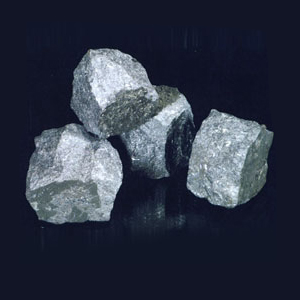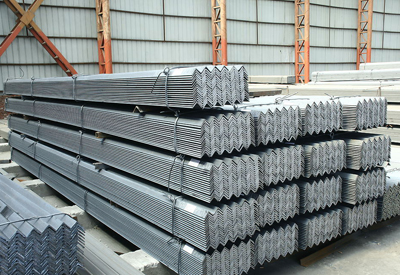Iron ore price
[Ferro-Alloys.com]The upward momentum in industrial metals (DBC) has amazed several analysts. After copper, aluminum, and zinc, iron ore has also joined the party. Seaborne iron ore, which has been in a falling trend since 2011, has also joined the industrial metals rally. Seaborne iron ore prices had a big spike earlier this month and reached $64 per metric ton. However, iron ore has pared most of its recent gains. The benchmark iron ore contract for export to China is now quoted at $53 per metric ton.
Oversupplied market
Benchmark iron ore prices have lost ~40% and 50% in 2015 and 2014, respectively. At the beginning of the year, not many anticipated iron ore prices will see such a major rebound. There are obvious reasons for being bearish on iron ore. On the supply side, markets are oversupplied with major miners including Rio Tinto (RIO), BHP Billiton (BHP), and Vale (VALE) increasing their production despite the prevailing glut.
The demand side of the equation looks even scarier as Chinese steel demand has likely peaked. China is the largest consumer of seaborne iron ore and accounts for two-thirds of seaborne demand. Thus, lower Chinese demand is negative for iron ore prices.
Series overview
In this series, we’ll explore how iron ore prices impact US steelmakers. The US steel industry has been in a buoyant mood after punitive duties were imposed by the US Department of Commerce (or DOC) on several steel products. US steel companies including U.S. Steel (X) and AK Steel (AKS) are trading with decent year-to-date gains.
In the upcoming parts of this series, we’ll explore whether the recent downward correction in iron ore prices will have any impact on steel companies. Let’s begin by looking at ArcelorMittal, a major global iron ore producer.
Article from Internet for Reference only
- [Editor:Sophie]



 Save
Save Print
Print
 Daily News
Daily News Research
Research Magazine
Magazine Company Database
Company Database Customized Database
Customized Database Conferences
Conferences Advertisement
Advertisement Trade
Trade















 Online inquiry
Online inquiry Contact
Contact

Tell Us What You Think